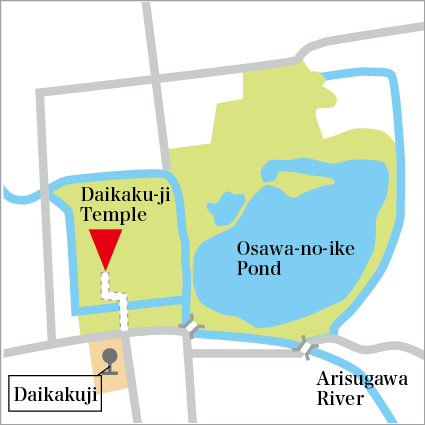Daikaku-ji Temple Reiho-kan
- Highlight
- The Five Great Wisdom Kings carved somewhen in the Muromachi and Edo periods (three of these statues are Important Cultural Properties)
An old temple of the Sagano area with many temple treasures connected to the Imperial family
This temple was originally built as a detached palace for the newlywed Emperor Saga and Empress Danrin back in the early Heian period. In 876, what had become a palace of the retired Emperor Saga was converted into a temple called Daikaku-ji, which was overseen by the Imperial Prince Tsunesada, who had become the monk Gojaku. Between the Kamakura period and Southern and Northern Courts period, Daikaku-ji Temple became the imperial palace (Southern Court) and was the stage for the peace process between the norther and southern factions. Thus, the temple was run by successive Imperial abbots in the monzeki system (a system where Imperial family members ran temples) until the start of the Meiji period. Alas, during the age of civil wars (1467~1568), Daikaku-ji lost nearly all of its halls in the destruction of the Onin War, and now presents itself in the state that it was restored to between 1624 and 1644. It is the birthplace of ikebana flower arranging and serves as the administration office (school head) for the Saga school of ikebana.
In the Reiho-kan, or treasure hall, for approximately two months every spring and autumn, a themed exhibition is held to display the famous treasures of the Saga Imperial Palace (displayed works changed depending on theme). Many of the temple’s treasures such as writings, paintings and Buddhist images are shown. These include statues of the Five Great Wisdom Kings by the Heian-period-monk Myoo, other sculptures and works from the Muromachi and Edo periods, such as a statue of Godai Myoo and seated statue of Aizenmyoo, as well as Momoyama-period fusuma paintings of Peonies and of Hawk on a Pine Tree by Sanraku Kano and of Rabbits by Shiko Watanabe.
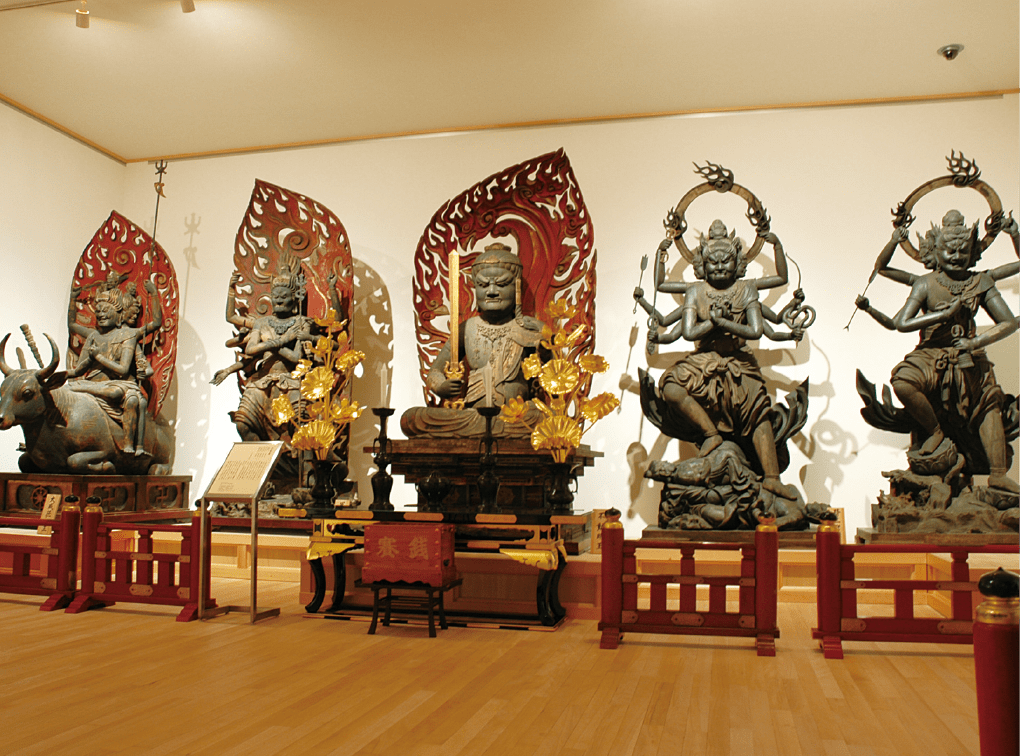
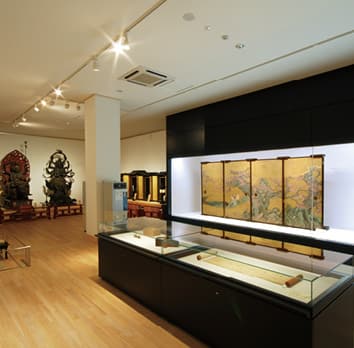
A scene from a past exhibition
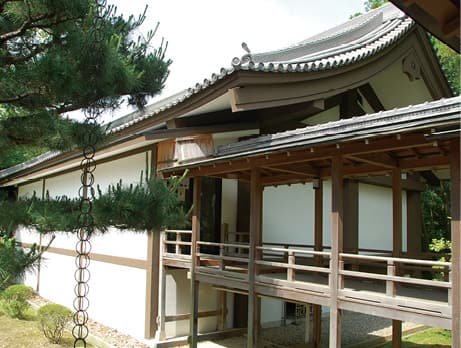
Who painted the fusuma (Important Cultural Property) decorating the grand entrance hall?
| Address | 4 Saga Osawa-cho, Ukyo-ku |
|---|---|
| TEL | 075-871-0071 |
| FAX | 075-871-0055 |
| URL | https://www.daikakuji.or.jp |
| Hours | 9:00~17:00 (entry by 16:30) only during planned exhibitions |
| Closed | Open daily during planned exhibitions, but may close for exhibition changeover, etc. |
| Adm | Reiho-kan charge: ¥500, Special visiting charge: Adults ¥500, Elementary to high school students ¥300 |
| Access | Very close to Daikakuji Stops of City Bus and Kyoto Bus |
| Parking | Available (Charged) |
Facilities near by
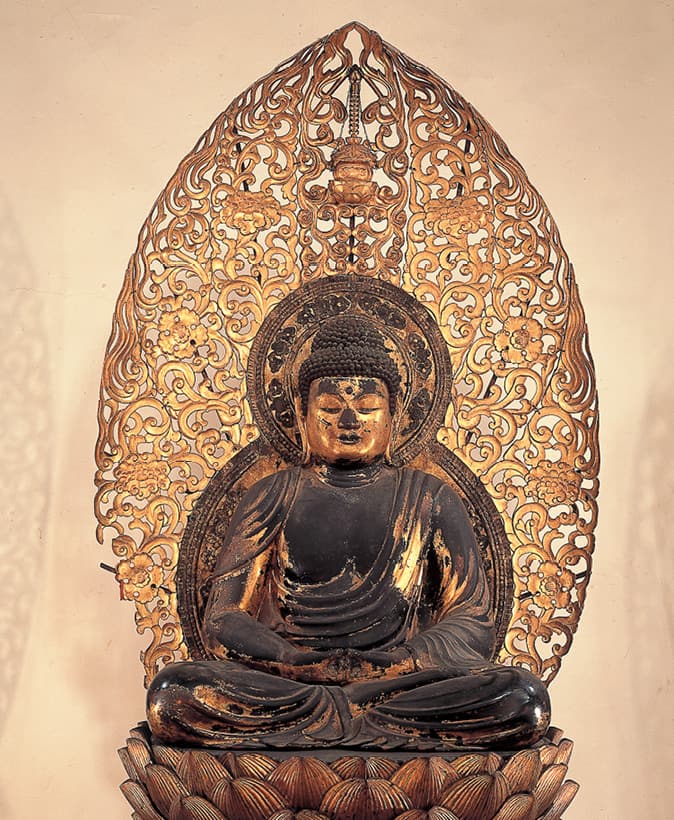
Ninna-ji Temple Reiho-kan
An ancient temple with distinguished treasures
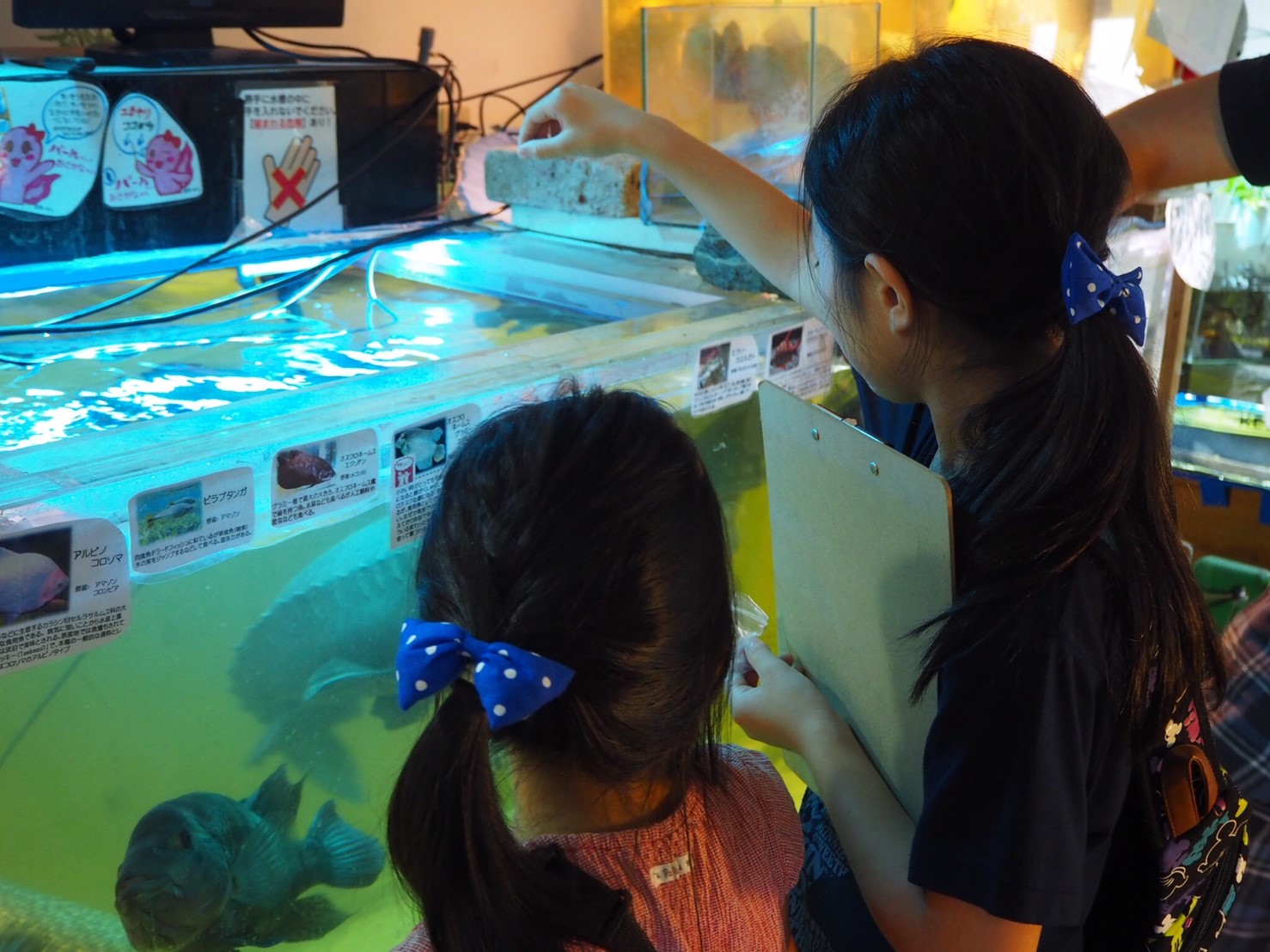
Hanazono Church Aquarium
A paradise of “animal love” where children with nowhere to go can visit on their own
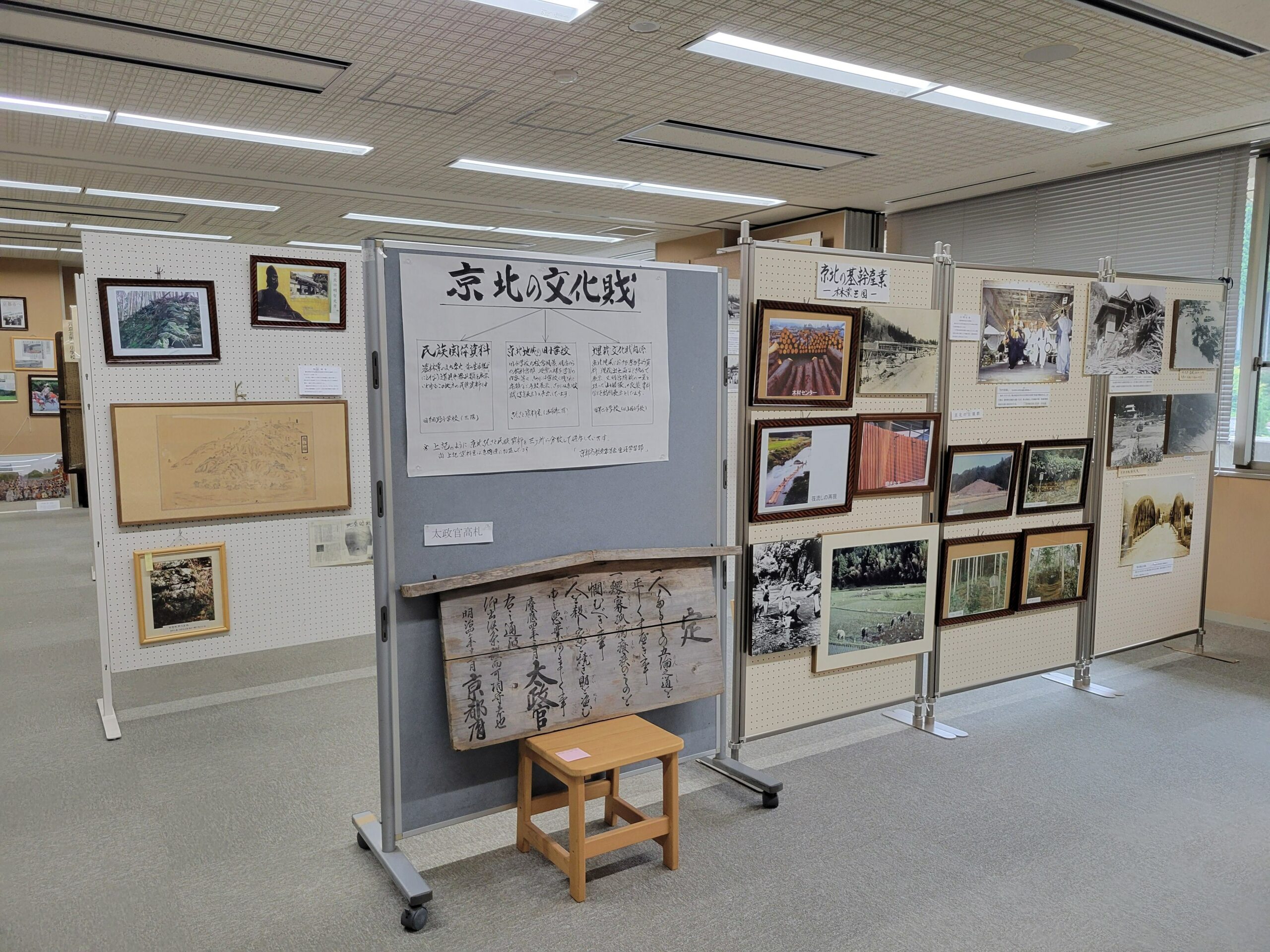
Keihoku Sansato Museum
A historical legacy of a region and the occupations of its inhabitants
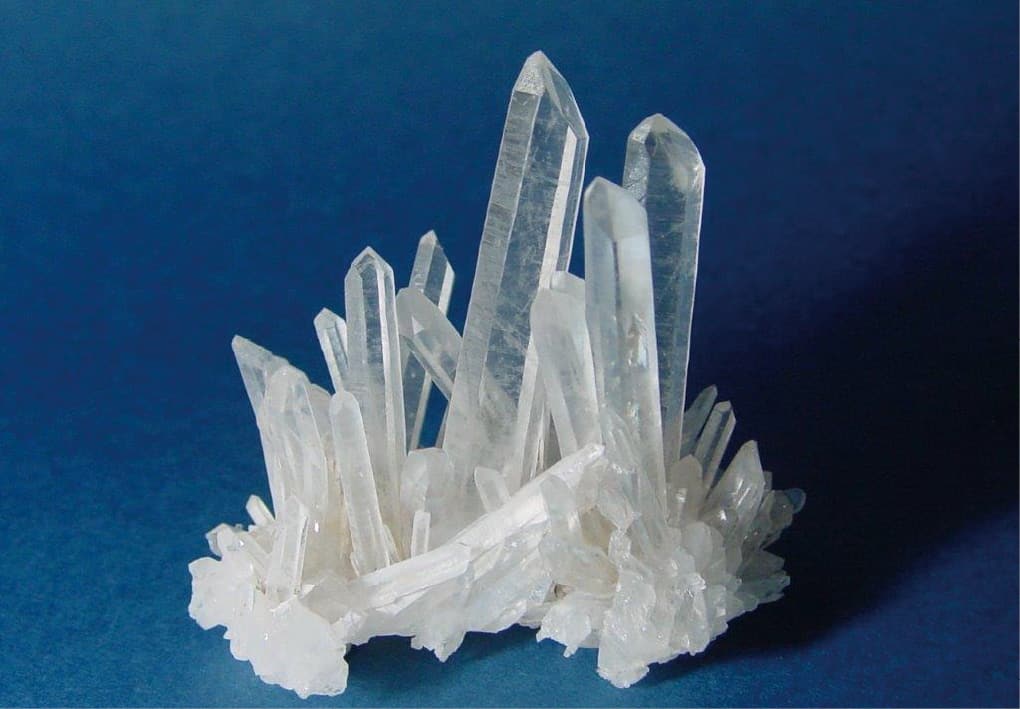
Takada Crystal Museum
Twinkling minerals and the geological features of the Japanese archipelago

